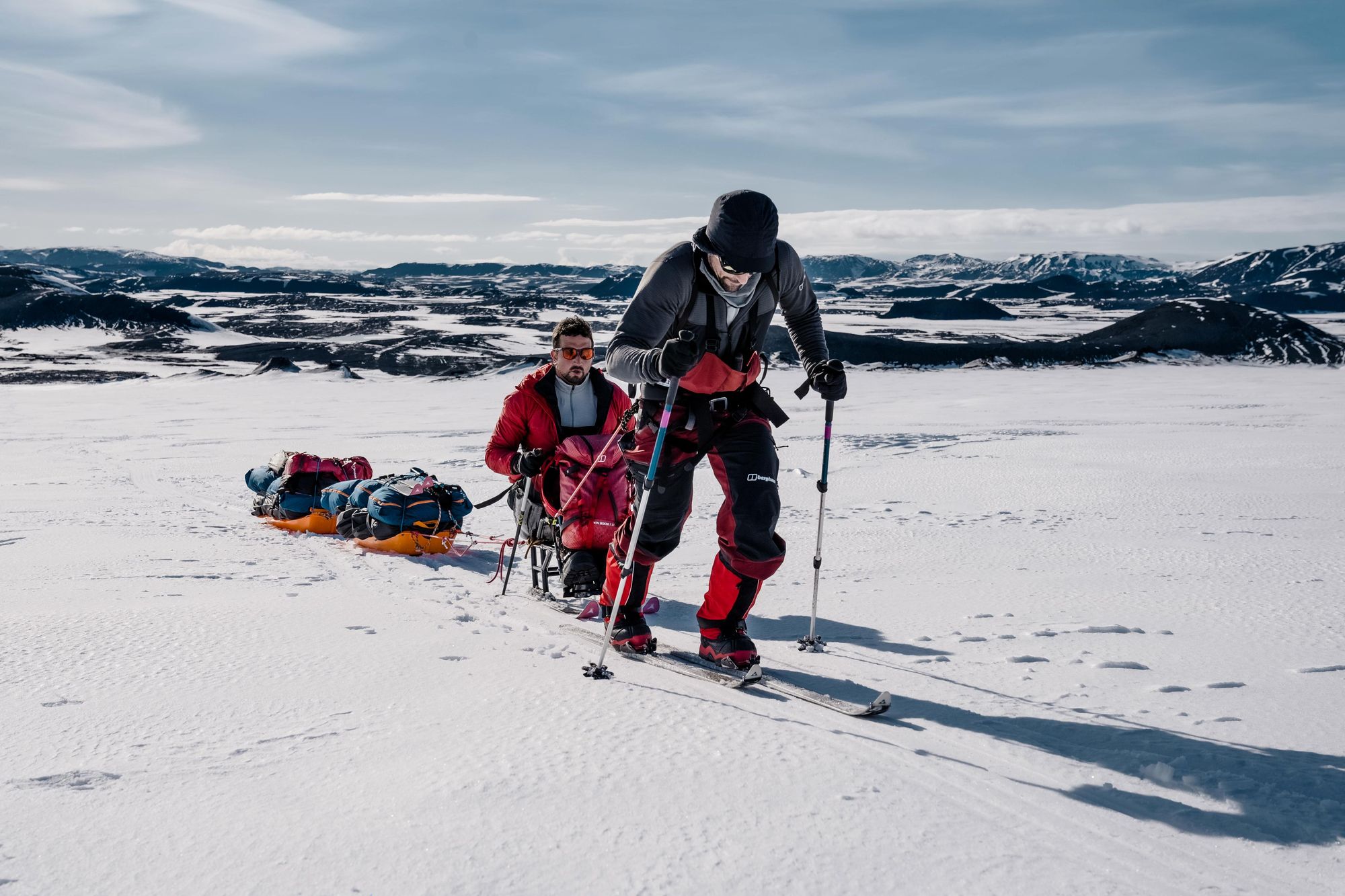In 2016, soldier and mountaineer Darren Edwards was paralysed from the chest down after a climbing accident on World’s End cliff face in North Wales. “It was a day much like many others,” he recalls. “The rockface was only 30 minutes from my house. We’d spent three or four hours climbing different routes, and it was after the last climb, when I unclipped from the rope, safe on the top, that the rock gave way beneath my feet - and I went with it.
“At the time, the majority of my identity was wrapped up in adventure. I was in the military reserves and SAS reserves, which involves a lot of time outdoors, and in terms of mountaineering, I was always aspiring to climb something taller. But I knew while I was falling that there was nothing I could do that would alter where this went. It was entirely down to fate from that point onward.”
If we looked at the expedition in its entirety, it could've seemed so enormous that it wasn't achievable. But when you break it down to what you need to do month-by-month, all of a sudden it becomes more achievable...
Darren had broken his back, instantly severing his spinal cord. “The surgeon read the riot act in terms of what had happened, and gave the prognosis; that this is how you will always be. That was really difficult to hear, but it made me realise that I wasn’t going to suddenly learn to walk again - so what I had to do was find a new way to adapt; and to find a new way of being adventurous and outdoorsy.”
Nobody could have predicted what fate had in store for Darren next.
It started when, while still in hospital, Edwards bought a sea kayak. “I didn’t quite appreciate the importance of core and leg muscles,” he laughs. “But in principle, it was completely doable. The physios encouraged me to think of wheelchair tennis or basketball, but I wanted to be outside. Just because physically I had changed didn't mean that the guy inside wasn't still looking for the same way to be him - and to adventure. I wasn't different to the day before.
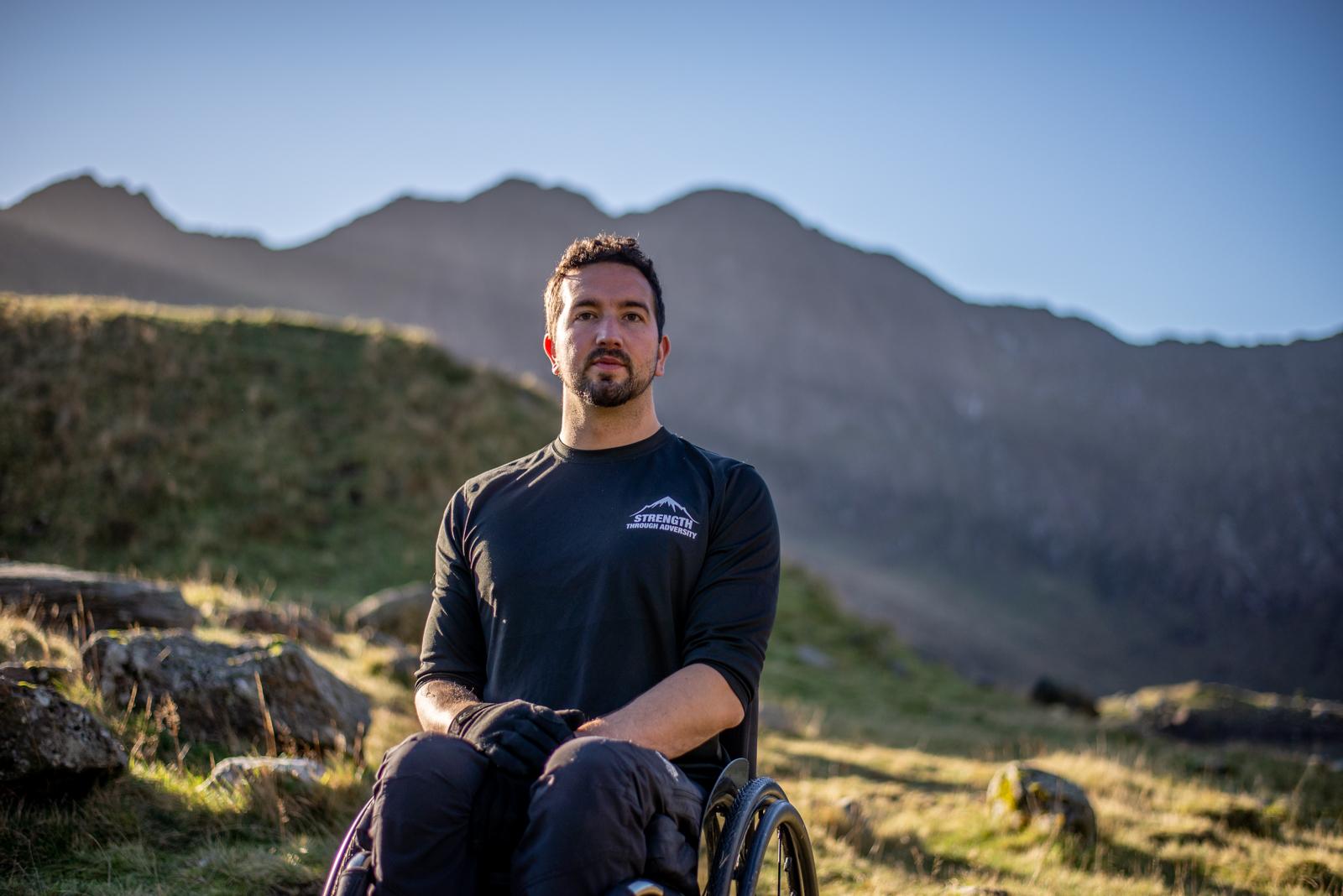
“I was inspired to think ‘this isn’t the end of expedition life - it's just the start’.”
It was a long road from there, but in 2021 Edwards became the first person with a spinal cord injury to kayak from Land’s End to John o’ Groats. In 2022, he became the first disabled adventurer to lead a crew of six rowers across the English Channel - and then the first to complete the World Marathon Challenge, finishing seven marathons on seven continents in seven days.
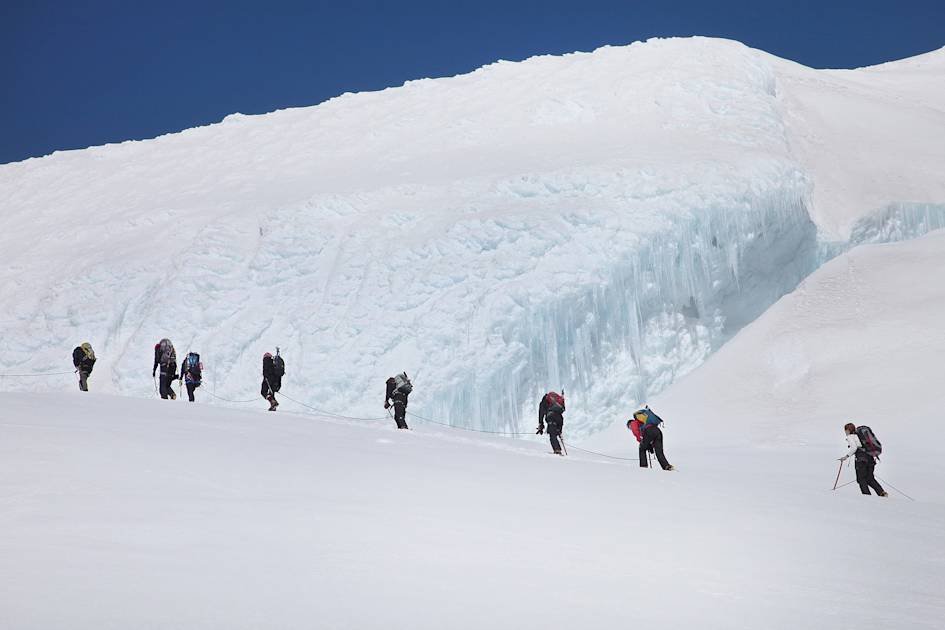
In April 2023, Darren was a member of the first all-disabled team to ski across Europe’s largest ice cap, Vatnajökull in Iceland, and his next adventure will take him to the South Pole on the longest sit-ski expedition in the history of polar exploration, skiing 333km across the Antarctic in 20 days and colds of -20°C.
We caught up with Darren, a man who is no stranger to overcoming adversity, to get his tips for turning daunting, ambitious adventure goals into achievable plans - whether you’re looking to climb your first mountain or reach the South Pole.
Break big ambitions into small tasks
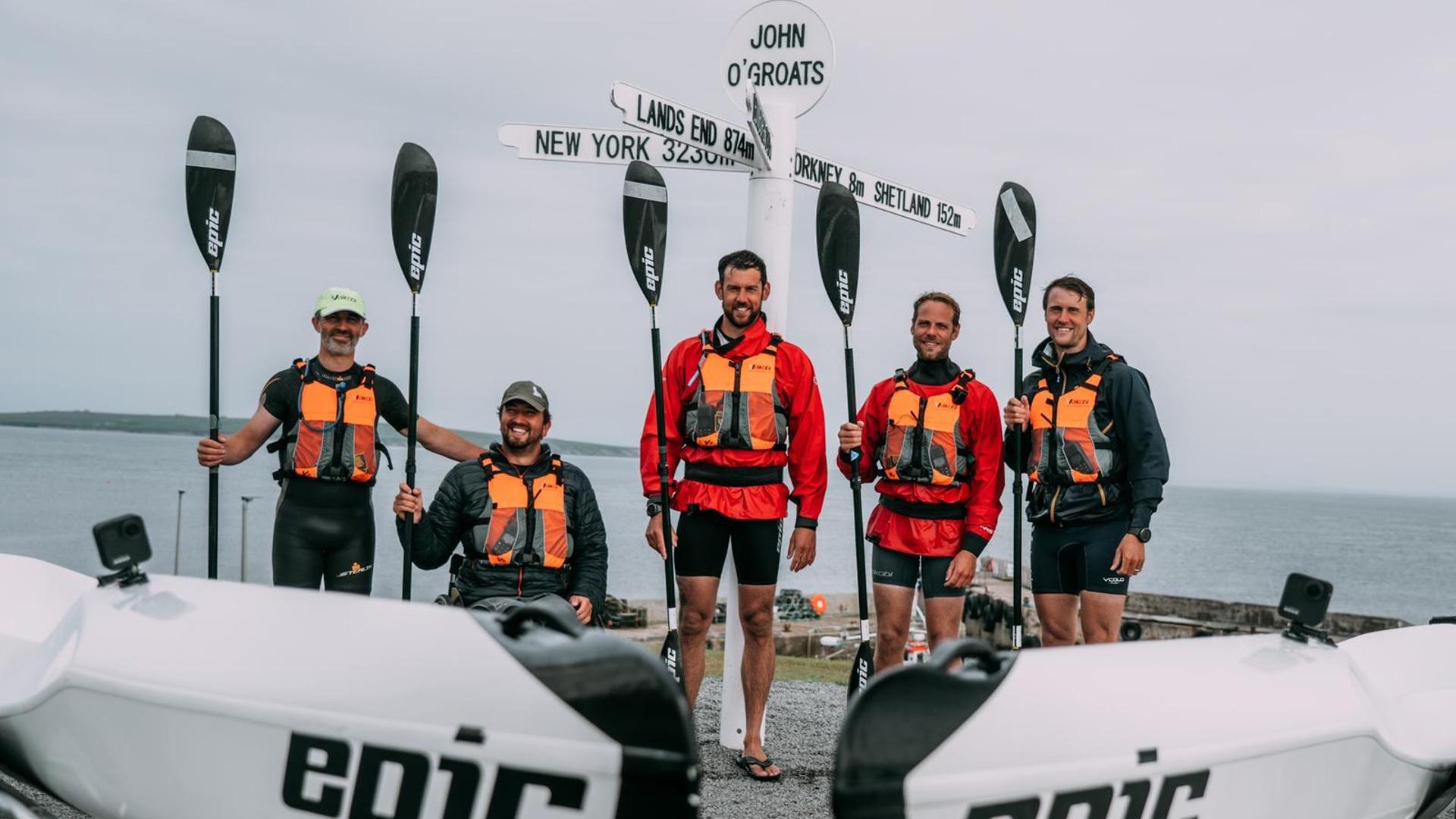
“I’ve always been someone who needed a goal to work towards,” says Darren. “When I was a mountaineer, that’d be saying ‘in a year’s time, I’m going to go to the Alps and climb Mont Blanc’, and then ‘here’s what I’ll need to do between now and then to make that happen’.”
Edwards still applies that technique today - breaking big, often daunting goals down into the smaller, more achievable steps needed to make the goal happen.
“I was discharged from hospital on 23 December and on 24 December my family booked a local swimming pool for me to try out my kayak,” Edwards recalls. “The goals in those early moments were minuscule, but they were goals nonetheless. My goal that first day was just to get to the middle of the swimming pool and float there before falling in. I had never kayaked before, so I had to start somewhere.
With every little leap forward your horizon shifts a little.
"Within half a second I was upside down. I got back up and within a second I was upside down again. We did this over and over and I spent the majority of my time in the water, but every frustration just made me more determined. It wasn't Land's End to John o' Groats, but it was part of the process, and when I got to the middle of the pool that day, I felt on top of the world, because I had achieved this thing that an hour and a half earlier hadn’t seemed possible. At that point, it was taking these tiny little steps forward and celebrating them as big achievements - because in my world, at that moment, they were big achievements.
“The next step was to go out onto a canal, then a river, then a lake, then out to sea. There was lots of falling in along the way, but all of this confidence and momentum was slowly building. With every little leap forward your horizons shift a little."
Eventually, the plan came together to kayak from Land's End to John o' Groats.
"Once we had the team, we broke it down into small steps - asking 'how do we get there in a year'? For us, that meant writing up the plans, starting the training process and working out those logistics," Darren says.
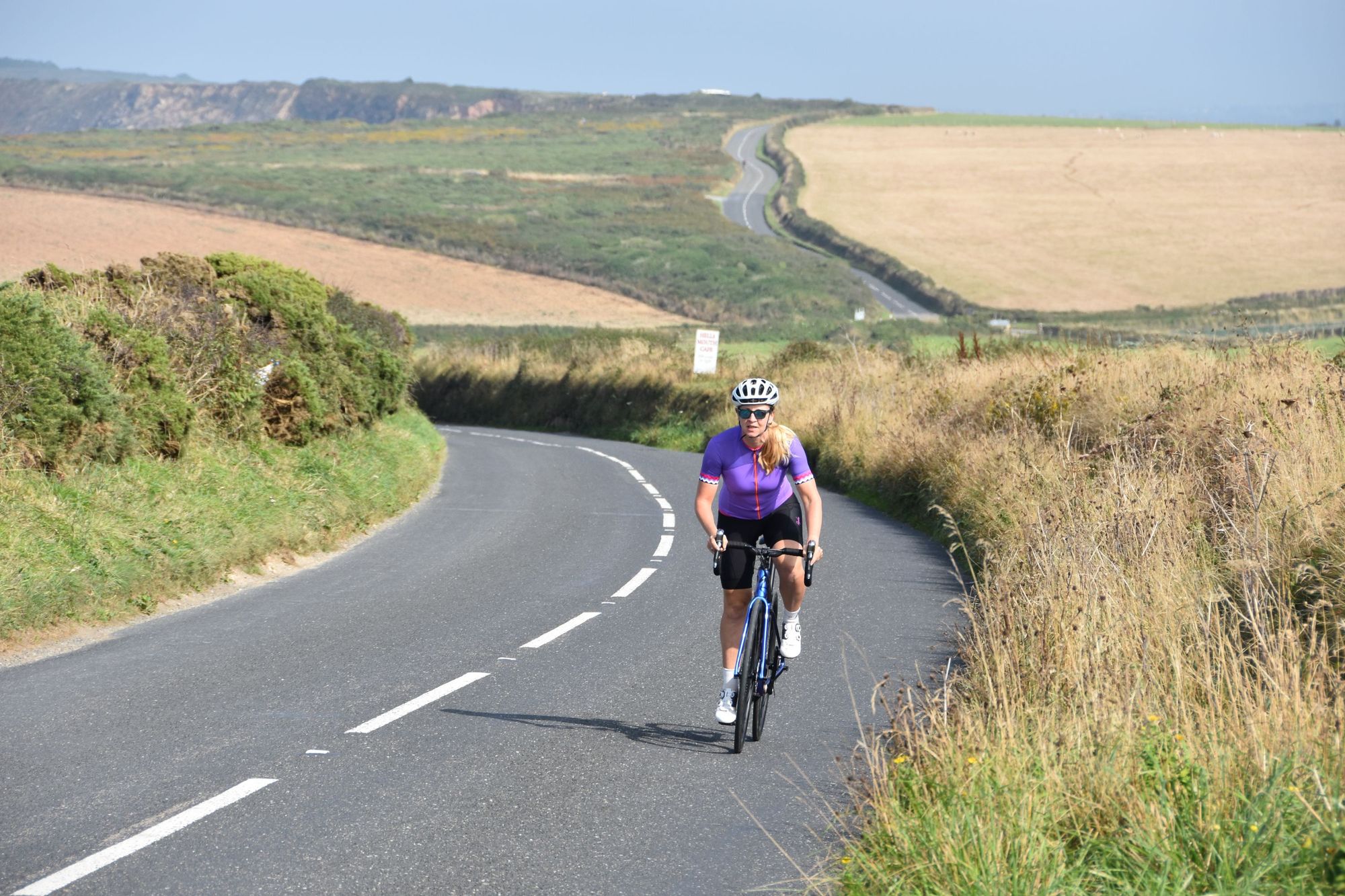
“If we looked at the challenge in its entirety, it could've seemed so enormous that it wasn't achievable. But when you break it down to what you need to do month-by-month, all of a sudden it becomes more achievable, and along the way you get the boost of ticking off these achievable little things.
“It was the same when we actually started the trip at Land’s End. If you look at the 1400km ahead as a whole, you can be put off by the ambition of what you’ve set out to achieve. I started breaking it down into 20 minute chunks, and then you keep getting that reaffirmation that you can do this.”
Let failure be part of the process
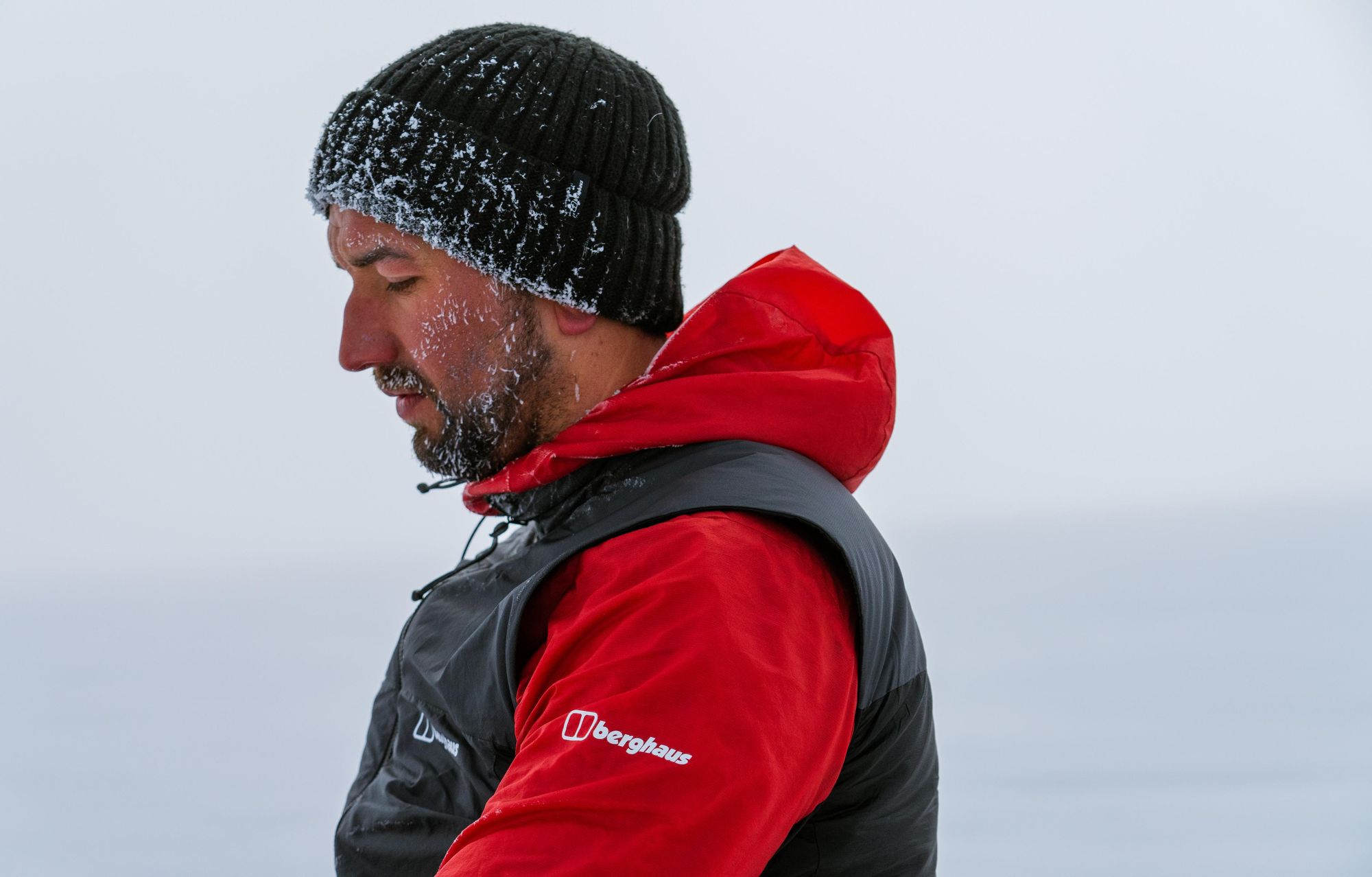
The fear of failure puts many off starting an adventure, big or small. For Darren, an acceptance that things might not work out is fundamental to goal setting.
“Once you're comfortable with the fact that life doesn't always go to plan and you might not succeed every time you attempt something, you're not deterred from being ambitious,” says Darren. “I went through a process of being forced to fail in order to learn; so it was also a process that forced me to be comfortable with failure at each leap forward.
There is as much meaning in failure as there is in success.
“Every time I took a step forward on my kayak, in the canal, the river, the lake or the sea, it coincided with a little bit of a failure. I would fall in, and I would have to get back up and go again. And then another wave would catch me out and I'd fall back in and I'd have to drag myself back out again. But that builds a habit of perseverance, and a learning that in failure, there is an opportunity to pick yourself back up off the floor and to go again.
“Just because something didn't go right initially, that isn't a categorical statement that it’s never going to work. The only way that you're ever going to achieve something is to continually apply yourself and to persevere through those difficult moments. When you view it like that, there is as much meaning in failure as there is in success - and actually, the moments of getting it right feel so much more validating and powerful because you know where it all started.”
Surround yourself with good people
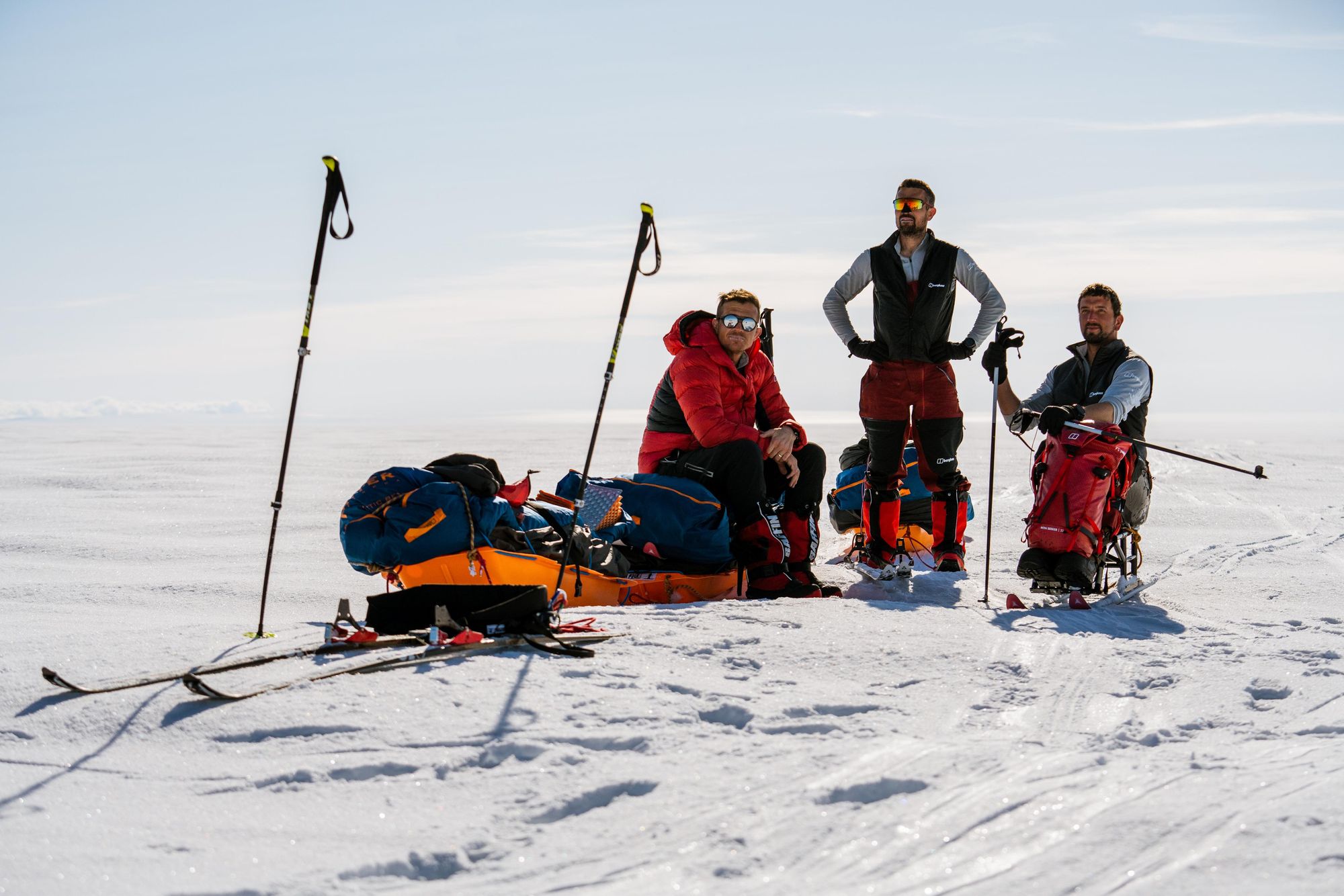
“I was very lucky to have a great support network around me,” says Darren.
“Particularly when you're trying to accomplish something that you've not done before or that really requires aspiration and determination and perseverance, it's so important to get a network that empowers you, builds you up and enables you. I could have had a family and a friendship group that, once I got injured, wanted to protect me and wrap me in cotton wool, but my family rallied around me.
"If you don't naturally have that, you have to cultivate it. Surround yourself with people that are like-minded, because they’re the people who will say, 'if you want to do this, how will we get there?' rather than 'I don't think you should'.”
Target Your Training
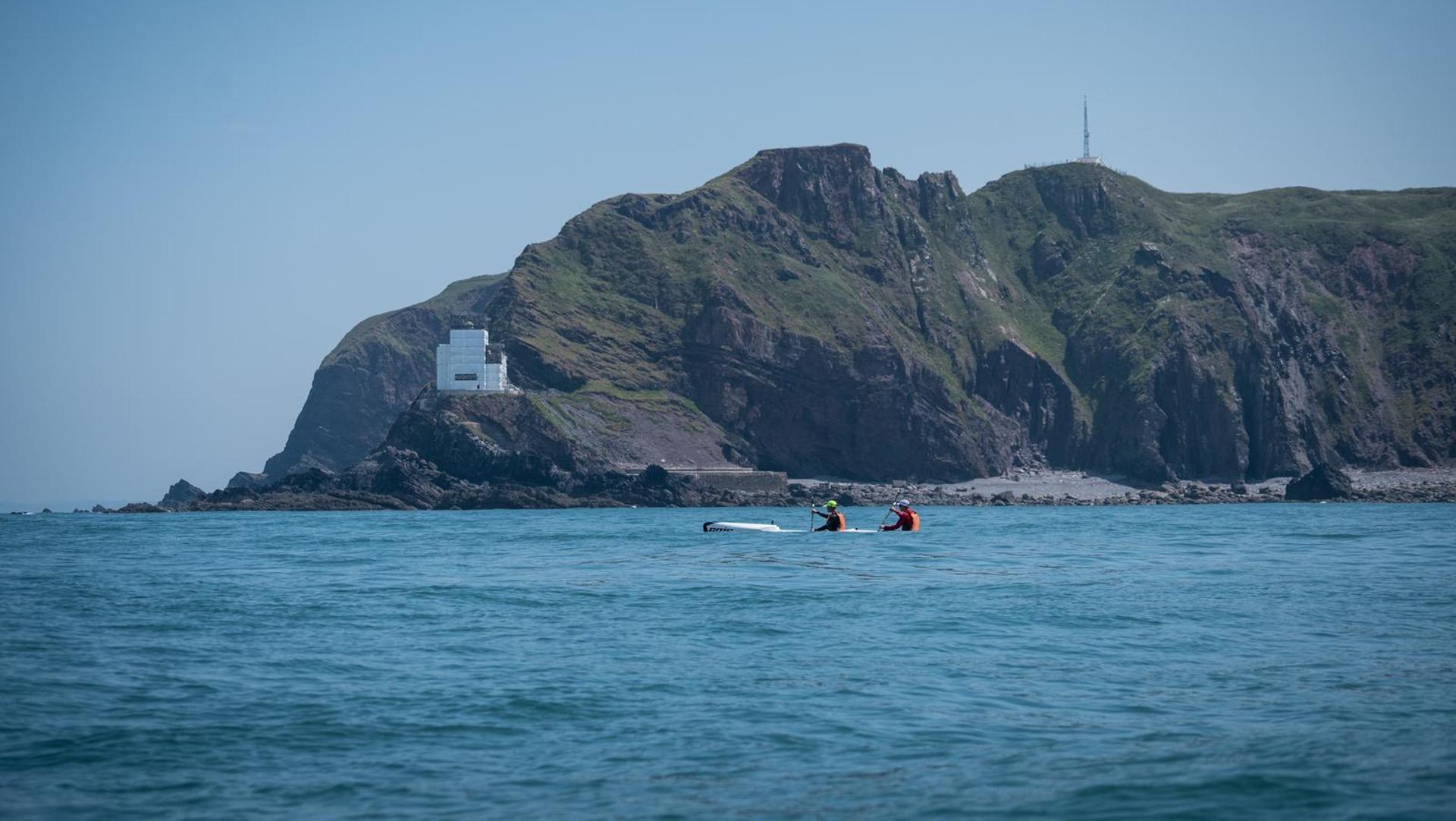
Training for a kayaking trip will invariably be different from training for a mountain climb or a multi-day jungle expedition. It’s important to tailor your training to your own body, and indeed, to the goal at hand.
“How do you make your body physically robust?” asks Darren. “For me, a lot of it comes down to injury prevention. On top of your day-to-day wheeling around, you find a lot of wheelchair users injure their shoulders, because the more that you do in terms of frontal rotation, the more your shoulders round. So a lot of the stuff I do in the gym isn't lifting big heavy weights. It's work that helps to strengthen the back, strengthen the shoulders and you keep yourself injury free.
If you're comfortable with the fact that with all the will and time in the world, you could be 100% ready and still fail, it’s easier to get to that starting line.
“Going into the kayaking expedition or the Iceland expedition, the one thing I was cautious of was not picking up a repetitive strain injury, and having to carry that for the duration.
“So yes, there is going to be a huge endurance workout programme too. That's part and parcel of training for me. But if I do two or three cardio sessions a week, I'll be doing three strength sessions a week. And like I say, those strength sessions aren't working on Hollywood muscles, they're working on keeping the body in balance, which means I'll hopefully stay injury free.”
Know that you'll have to take a leap
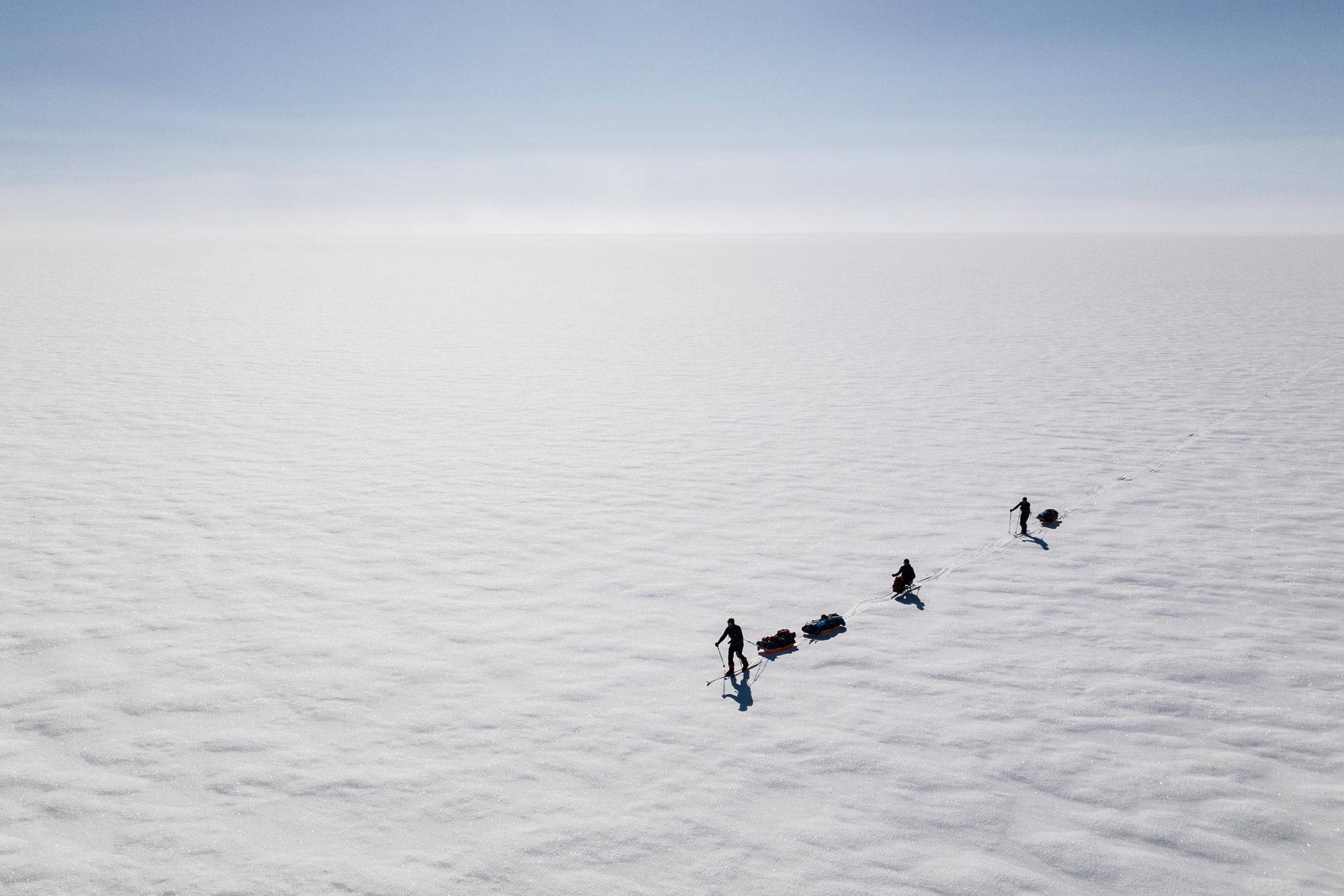
“I think, in all of the things that I have done, I have still never felt ready,” admits Darren. “Had you asked me the day before we started kayaking at Land's End 'are you 100% ready?', I would've told you 'nope'. But there's a beauty in taking the leap. Again, it comes back to being comfortable with the potential of failure, because if we're not, we'll put a challenge off, because the risk of that blow to our fragile ego is too strong - and hence we don't take the leap at all.
“But if you're comfortable with the fact that with all the will and time in the world, you could be 100% ready and still fail, it’s easier to get to that starting line.”
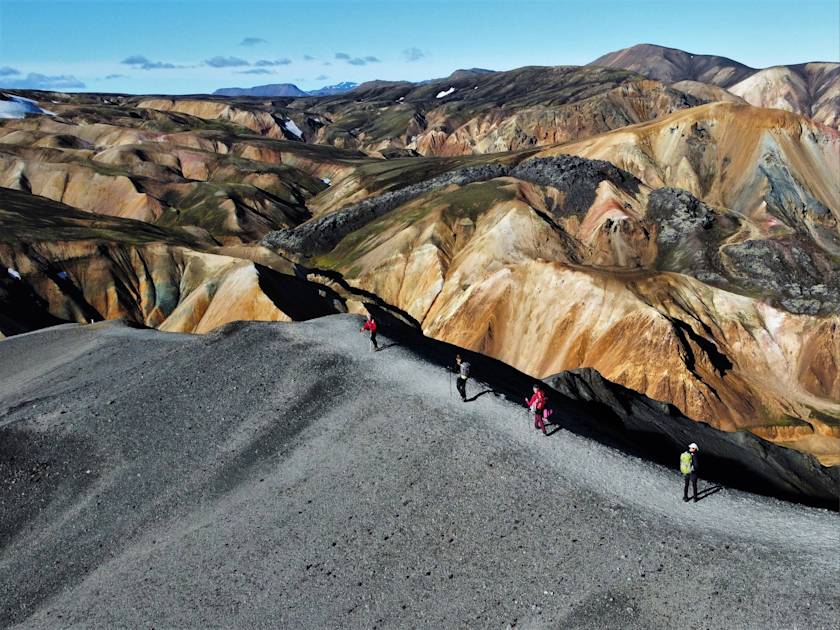
Darren references his Land’s End to John o’ Groats kayaking trip as an example.
“We knew that there were different factors that would dictate whether we succeeded or failed - and the majority of those factors weren't ourselves. It could have been weather conditions. It could have been kit and equipment breaking down. But sometimes you just need to take that jump in life. You just need to commit yourself to a goal and now that you can take meaning and motivation from a success as much as you do from a failure.”
Darren also believes that with every expedition or adventure under your belt, you’re better prepared for the next one. “You get a huge swell of positivity after completing a goal - because you’ve done something there was every chance you wouldn’t be able to achieve. You see the power of ambition, of resilience and teamwork - and that all gives you more confidence for the future.”
Inspired? Check out our full range of adventure holidays now!
Darren is hoping that his South Pole Challenge will raise £300,000 for the charity Wings for Life which seeks to find a cure for Spinal Cord Injury. You can support Darren by donating at JustGiving/SouthPoleChallenge2024. Follow Darren on Instagram for updates on all his adventures in 2024 and beyond.

